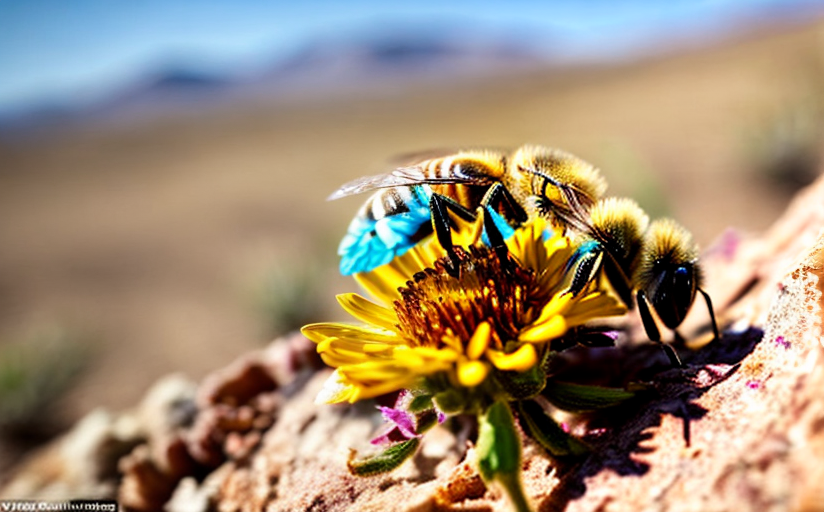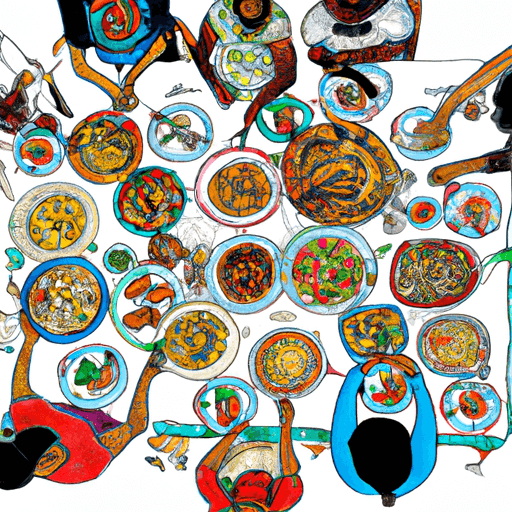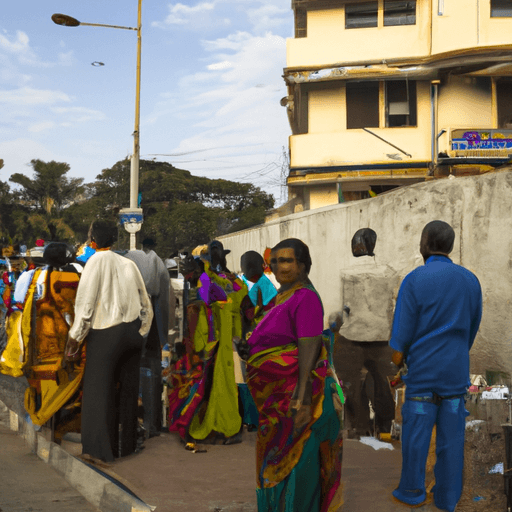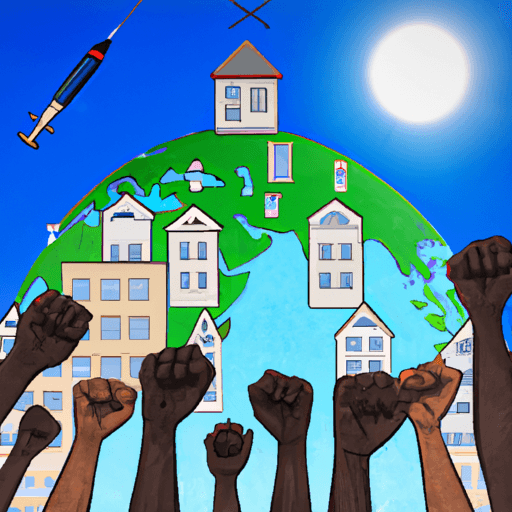Climate Change Impact on Bee Populations and Pollination Patterns
Over the last few decades, climate change has emerged as a significant issue, with dire consequences for various species inhabiting our planet. Among those most severely affected are bees, crucial pollinators responsible for assisting a significant portion of our food production.
Decline in Bee Populations
Various scientific studies present alarming data indicating a sharp decline in bee populations worldwide. A 2019 global analysis reported a 24% reduction in the bee population, suggesting a direct influence of climate change on these insects. Such a decline can profoundly affect our ecosystems and food production chains, as bees are essential pollinators.
Changes in Bee Behavior and Pollination Patterns
Beyond merely affecting bee populations, climate change has also skewed the behavior of these insects and altered their pollination patterns. Increases in temperature can disrupt the bees' internal physiological processes and affect their foraging behavior, a crucial aspect of pollination. Furthermore, the unpredictability of weather patterns caused by climate change can disturb the synchronized interactions between bees and the flowering plants they pollinate.
Impact on Ecosystem and Food Production
The decline in bee populations and changes in their behavior and pollination patterns can have a ripple effect on our ecosystems and food production chains. Bees, as primary pollinators, play an integral role in maintaining biodiversity. Our food production system is closely linked to their activities; nearly 75% of the world's food crops benefiting directly or indirectly from pollination.
Potential Strategies and Solutions
Facing such challenges, it is more crucial than ever to develop strategies and solutions that can mitigate these effects. Increasing habitat diversity, reducing pesticide use, and improving bee health through disease control are among the strategies which can assist in maintaining bee populations. Furthermore, enforcing better agriculture practices and educating the public about the importance of bees in our ecosystems can contribute to their protection.
Conclusion
As the harbingers of our ecosystem's health, a decline in bees' wellbeing indicates deeper systemic issues like climate change. It's only through a comprehensive understanding of these problems and appropriate actions that we stand a chance to curb this crisis. Bees are not just an essential species; their survival and well-being are intricately tied to the balance of our environment and our survival.
















Comments
Leave a Comment